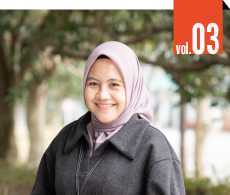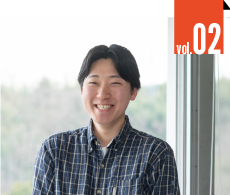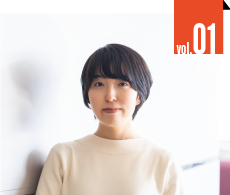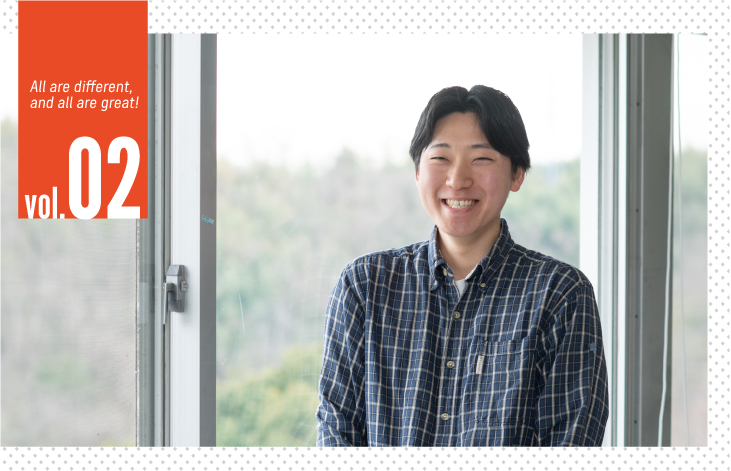
![]()
Yuma Hanai
Division of Biological Science Laboratory of RNA Molecular Medicine
Grade: 1st year, PhD student
Birthplace: Mie, Japan
Undergraduate Research: Type 2 diabetes mellitus research
Graduate school Research: Development of novel genome editing technology
Before joining NAIST
During my undergraduate years, I was a member of the Faculty of Agriculture, where I worked on topics closely related to people and society, such as food and plants. In an agricultural circle, I grew vegetables and thought about how to communicate with and contribute to the local community. Through these activities, I became interested in doing more basic research and learning more about what researchers do. When I thought about doing a master's program, I first looked at NAIST. There were several graduates of Miyazaki University who had already gone on to do their higher education there, so I thought I would start with a university with a proven track record. NAIST was at the top of the list. When I started my research, I found that the timing of Professor Okamura's arrival at NAIST would coincide with my enrolment, and I was attracted by the fact that I would be able to work closely with him, if I joined in the early years of his lab. I think another factor in my choice was that it was close to my hometown.
When I first visited the university for the admissions information session, I found the campus to be very clean and well equipped with student accommodation. Through the information session, I also learned that NAIST offers more tuition waivers and support for PhD students than other universities, which was a major factor in my decision to choose NAIST. It was also reassuring that all students have the same starting point, unlike those who enter other graduate schools.
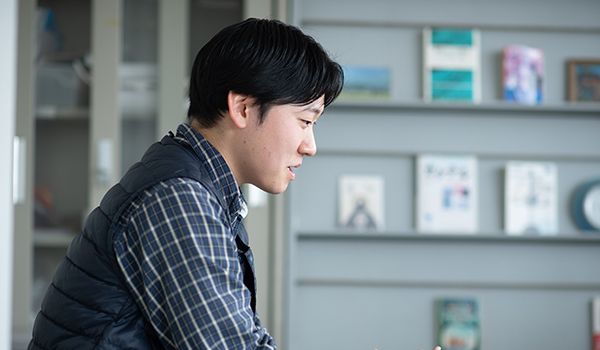
Current research and research life
My graduate school theme was completely different from my undergraduate theme, so I was not particular about what I wanted to do. This is a characteristic of the Okamura lab. Immediately after being assigned to the lab, there was a training period of about two months during which Professor Okamura looked at the aptitude of each student. He looked at what kind of person we were and what we could do, and at the same time he asked us about our interests. After taking these factors into account, he suggested a number of subjects and, after discussing them with us, we were able to choose the one that suited us best.
Since Professor Okamura originally ran his lab overseas, both the seminar management and the presentation of papers are basically in English. In the first and second years of the Master's course, I felt that communicating in English was a barrier, but now that three years have passed, I am gradually getting used to it. I think I am getting better at giving seminar presentations in English by actively asking questions and discussing in English, keeping in mind that I want to improve the atmosphere and my connection with the members of the lab. I also have daily chats with non-Japanese students in English, and it is fun as I make many new discoveries about cultural differences.
I think this kind of English communication came naturally because many of my classmates, including myself, took the initiative to talk to each other in English. Japanese students who have just been assigned to the lab this year may not be used to it yet, but I think they will gradually get used to it and enjoy it.
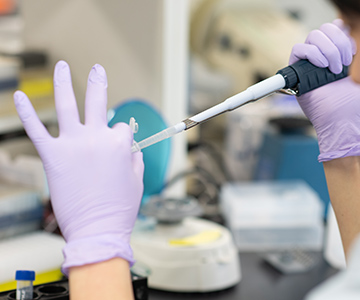
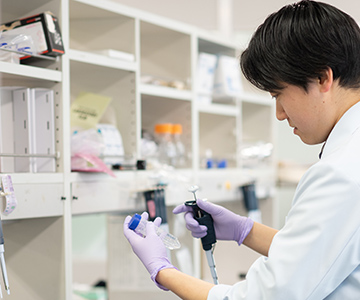
There is no difference in treatment in the lab because of different positions, and the assistant professors are very friendly. They also actively promote events, such as welcome parties.
At the entrance to the research building there is a plaque with the “Declaration of the Co-Creative Community” and I read the contents and thought, well this is what we are going to do starting this year. So, when an invitation to a seminar titled "Understanding Gender Broadens Science!" came, I had this declaration in mind, and I thought it was a topic I had not heard much about, so I decided to attend the seminar. For a long time, I had wondered if there were too few women in science, so I went to listen to the talk, wondering how things were going in Japan these days, thinking that employment was progressing and that things were already better. Then, I was surprised to find out that this was not the case at all. I thought that the number of female teachers was increasing, but I was surprised to find that the number was still very small.
The seminar also dealt with gendered innovation, the incorporation of gender analysis in the development of pharmaceuticals and industrial products, but I don't think that people who attended the seminar thought much about it, except to the extent that they suddenly realized that it was true. I do not think that many of the people who came to this seminar thought about it at all. They, including myself, had not even questioned that females were excluded from experiments because of their hormonal cycle, that was the rule.
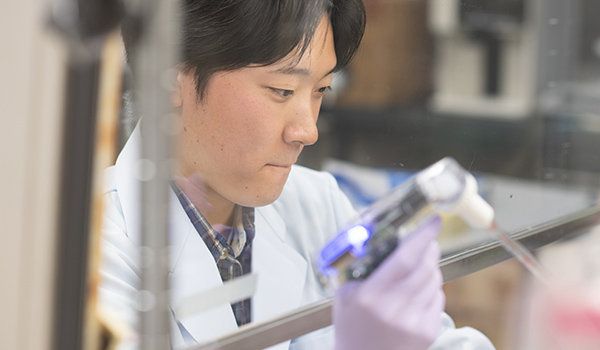
Challenges of NAIST's research environment
I think the research environment at NAIST is very good compared to other universities. If I want to do an experiment, the facilities are here, so I don't have to worry about it, we just do it. Another advantage is that, if there is a technical problem, it is easy to find a skilled technician on campus.
If I had to say something about the difficulty of university life, I would say that I am a male, almost 25 years old, and I get a lot of "Are you still studying?” “Aren't you working?" and I feel that the public has the impression that I'm somehow not serious. I think this is something that only happens to males. My parents and relatives are very understanding, but it is difficult to explain my position to strangers, for example. The other day I was asked: "What is graduate school?" "Are you staying in school?" If you don't explain it well, they won't understand.
I feel that there is still a barrier for women in Japan when it comes to entering a PhD program. I myself had always been interested in doing a PhD, but I had not yet decided whether or not to enter a PhD program. When I heard about the generous financial support such and scholarships at NAIST, I was not inclined to give up, and after careful consultation with my professor, I decided to go ahead with the PhD program. There is a woman in another university who was working hard on her research at the time, and I said, "I'm going to get a PhD, but what are you going to do?" Then she said, "People are going to ask me if I am thinking about marriage, and I am worried about that myself." I think there are still a lot of families like that.
Conversely, I feel that international students are not bound by age or gender stereotypes. There are a lot of people who are older than me, but they are pursuing their own dreams. What I feel when I talk to international students is that they do not see age and gender as barriers at all. I think that Japanese students' access to graduate school is hindered not only by financial considerations, but also by the degree of public recognition given to graduate school and by age- and gender-related stereotypes.
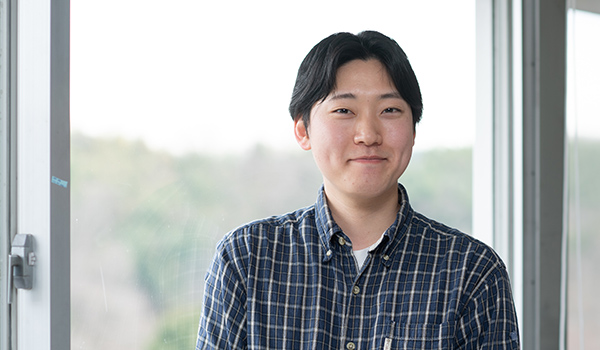
(March 2023)







